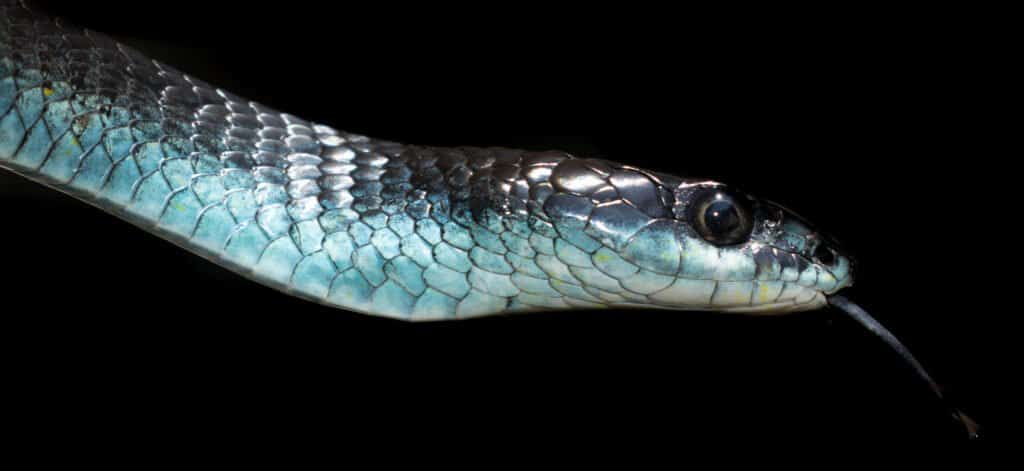Introduction
When it concerns venomous snakes, Yellow belly Tree Snake Australia is home to a few of the most fascinating and dangerous types on the planet. Amongst these, the Tiger Snake stands apart not just for its powerful venom yet additionally for its appealing habits. Understanding the actions of poisonous snakes like the Tiger Serpent is essential for both wildlife fanatics and those residing in areas where these serpents exist. This post delves into various aspects of Tiger Snake behavior, habitat, recognition, safety measures, and emergency treatment methods in case of a serpent bite.
Understanding the Actions of Venomous Snakes Like the Tiger Snake
The Tiger Snake, medically referred to as Notechis scutatus, is infamous for its aggressive nature when threatened. These snakes show a series of habits that can be rather different from their non-venomous equivalents.
Characteristics of Tiger Snakes
The Tiger Serpent is quickly recognizable because of its distinct bands Australian snake distribution or red stripes that resemble a tiger's markings. They can differ in shade from yellowish-brown to dark olive or black. This coloration offers not just as camouflage however also as a caution signal to possible predators.
Adaptability to Environment
One remarkable aspect of their actions is their adaptability to numerous environments. Discovered largely in seaside regions, marshes, and marshes throughout Australia and Tasmania, they can thrive in diverse environments including city areas.
Hunting Techniques
Tiger Snakes are ambush predators largely feeding upon fish, frogs, and small mammals. They possess eager sight and an acute feeling of smell which helps them in situating target effectively.
Venom Composition
Their venom has neurotoxins that influence the nerves, causing paralysis or death in smaller animals. For human beings, immediate medical interest is vital after a tiger serpent bite as a result of its possibly deadly effects.
Natural Habitat of Tiger Snakes
Preferred Locations
Understanding where these snakes reside clarify their behavioral patterns. The tiger snake habitat consists of:
- Coastal regions Swamps Grasslands Urban areas with bountiful water sources
Seasonal Movements
During warmer months, Tiger Snakes are extra energetic as they bask in sunshine or hunt for food. In contrast, cooler months see them pulling away right into hibernation sites.
Are Tiger Snakes Venomous?
Yes! The question "are tiger serpents poisonous?" commonly arises among those not familiar with this varieties. Their venom is thought about among the deadliest among all snake types worldwide.
Symptoms of a Tiger Serpent Bite
If bitten by a tiger snake, signs might consist of:
- Localized pain Swelling at the bite site Nausea and vomiting Sweating and confusion
Immediate clinical assistance is important as without treatment attacks can lead to serious wellness complications or even death.

First Aid for Snake Bites: Quick Response Guide
Knowing just how to carry out emergency treatment for a snake bite might save somebody's life. Below's what you need to do:
Step 1: Stay Calm
Keeping calm Venom extraction and antivenom production in Australia assists reduce heart price which reduces poison spread.
Step 2: Incapacitate the Impacted Area
Keep the impacted arm or leg still and below heart level if possible.
Step 3: Call Emergency Services
Always look for expert clinical help quickly after a snake bite.
First Help for Serpent Bite Kit Essentials
A fully equipped snake bite first aid kit should include:
- A compression bandage Antiseptic wipes A set of scissors A cold pack
Safety Preventative measures: Protecting against Snake Bites in Australia
Awareness Programs
Educating areas about local serpent species and their behaviors can considerably minimize experiences leading to bites.
Avoiding Dangerous Areas
Staying away from lengthy turf throughout warmer months lessens call with serpents that might be resting or hunting.
Common Misunderstandings Concerning Tiger Snakes
Many individuals think false impressions regarding the behaviors of tiger snakes cause unneeded worry. Here are some information:
Myth 1: All Tigers Are Aggressive
Not all tiger serpents will show hostility if left undisturbed; several prefer running away as opposed to confrontation.
Myth 2: They Chase Humans
Tiger serpents do not proactively go after human beings; they might strike when they really feel intimidated but will generally pull away if provided space.
Conservation Initiatives Connected to Poisonous Snakes
Conservation initiatives concentrate on enlightening communities about securing neighborhood wild animals while minimizing human-snake interactions.
Importance of Ecosystems
Understanding that venomous snakes play an important function in preserving ecological balance aids foster admiration as opposed to fear in the direction of them.
FAQs Concerning Tiger Snakes
What must I do if I encounter a tiger snake?- Maintain range and slowly back away without abrupt movements.
- While attacks aren't very typical due to understanding initiatives, they still take place yearly within Australia.
- Baby tiger serpents can deliver full doses of poison in spite of being smaller sized; for this reason care is suggested around them.
- They mainly take in frogs, fish, small animals like rodents, and various other reptiles.
- It's prohibited in most jurisdictions without appropriate licensing because of security problems regarding their venom.
- Wear durable boots and remain on marked trails; look prior to putting hands or feet right into hidden spaces like rocks or logs.
Conclusion
Understanding the behavior of venomous serpents like the Tiger Serpent not only boosts our expertise however likewise advertises safety understanding among those living near their habitats. From identifying their qualities, understanding emergency treatment protocols adhering to a bite, with involving preservation efforts-- every element plays a vital function in cultivating conjunction with these fascinating reptiles while valuing their location within our ecosystem.

As we strengthen our understanding through education and learning and experience, we add positively towards ensuring both human safety and security and wild animals preservation-- profiting all parties involved!
